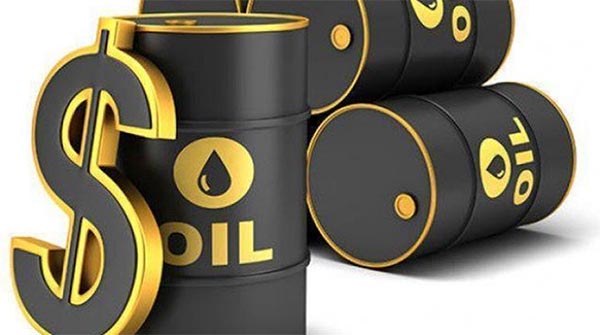Brent crude closed at a 27-month high on Friday, October, 27 over comments from Saudi Arabia that signal the likely extension of supply cut deal by OPEC and Non-OPEC members, as data released by the World Bank projected growth in oil price by 2018.
Brent futures gained 1.64 percent to settle at $60.01 a barrel, its highest close since July 2015.
Meanwhile, U.S Texas rose 46 cents, or 2.05 percent, to settle at a more than six-month high of $53.54, its highest close since April.
With Friday’s gains, Brent futures were up for four days in a row following comments earlier in the week from Saudi Arabia that the Kingdom was determined to end a global supply glut that has weighed on prices for more than three years.
“We are committed to work with all producers, OPEC and non-OPEC countries … We will support anything to stabilise the oil demand and supply,” Saudi Arabia’s Crown Prince Mohammad bin Salman told Reuters on Thursday when asked whether the kingdom would support extending an agreement to cut supplies until the end of 2018.
The Organization of the Petroleum Exporting Countries (OPEC), plus Russia and nine other producers have cut oil output by about 1.8 million barrels per day (bpd) since January. The pact runs to March 2018, but they are considering extending it.
This is coming just as the World Bank released its forecast that Oil prices to rise to $56 per barrel in 2018 from $53 this year as a result of steadily growing demand, agreed production cuts among oil exporters and stabilizing U.S. shale oil production, while the surge in metals prices is expected to level off next year.
The bank said prices for energy commodities – which include oil, natural gas, and coal — are forecast to climb 4 percent in 2018 after a 28 percent leap this year, the World Bank said in its October Commodity Markets Outlook.
The metals index is expected to stabilize in the coming year, after a 22 percent jump this year as a correction in iron ore prices is offset by increased prices in other base metals.
The metals index is expected to stabilize in the coming year, after a 22 percent jump this year as a correction in iron ore prices is offset by increased prices in other base metals.














